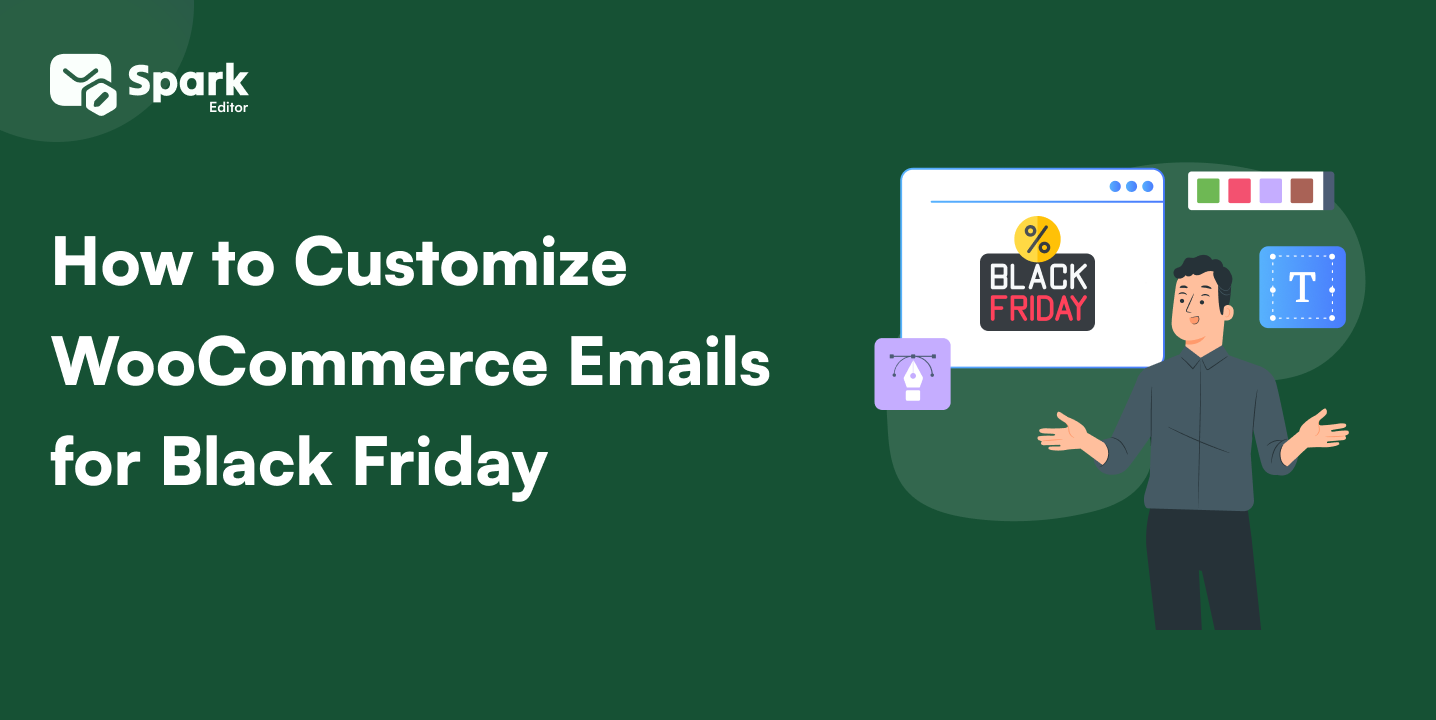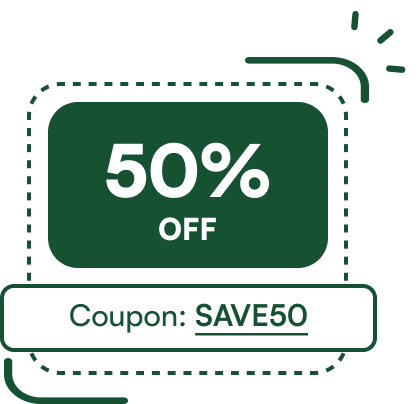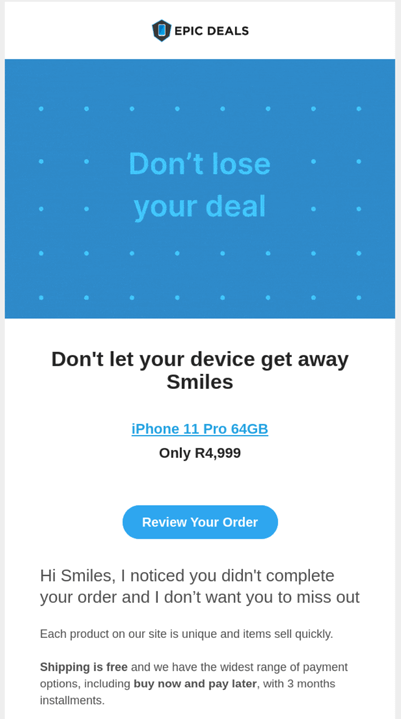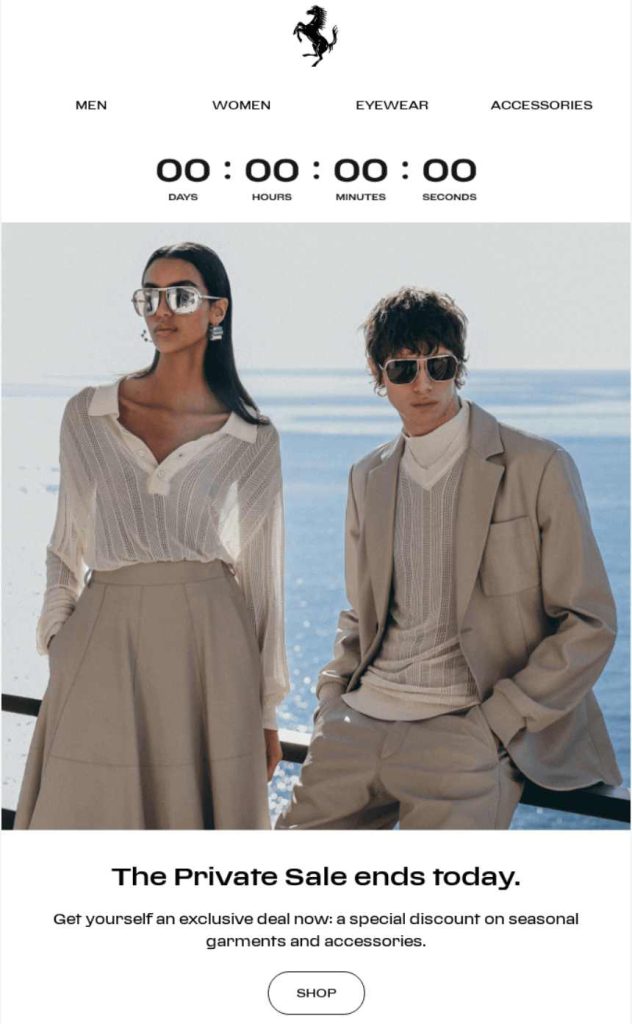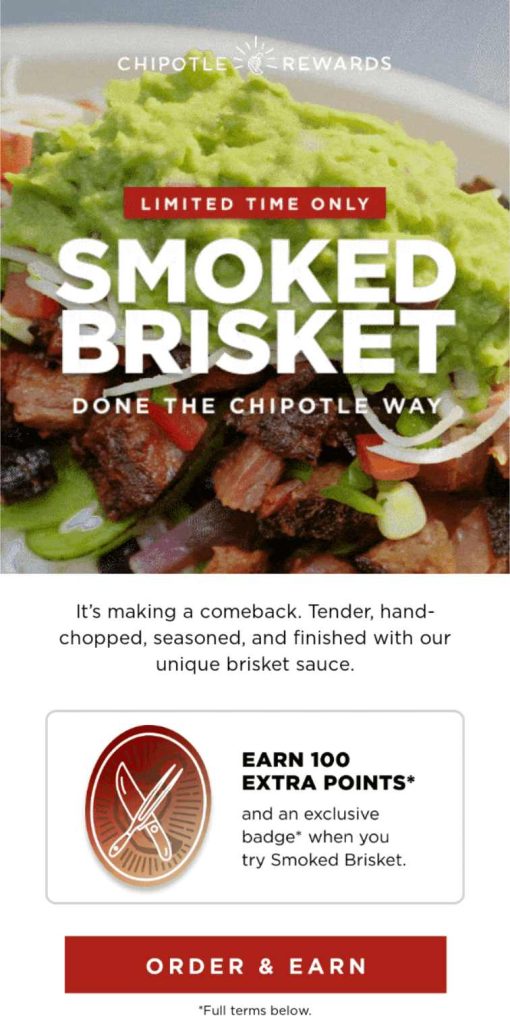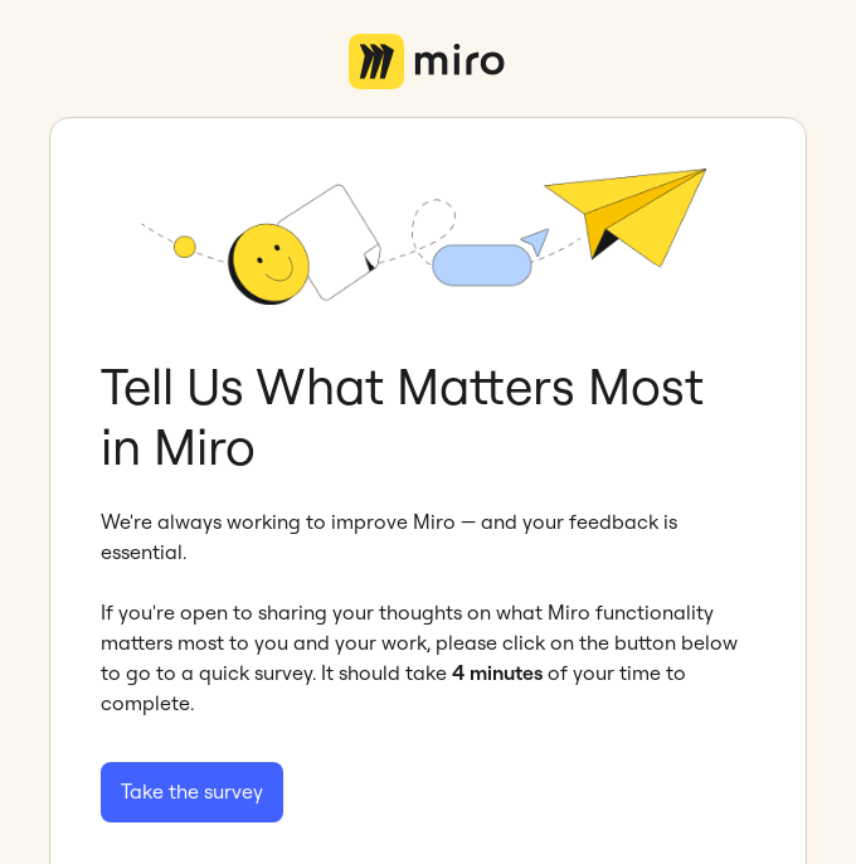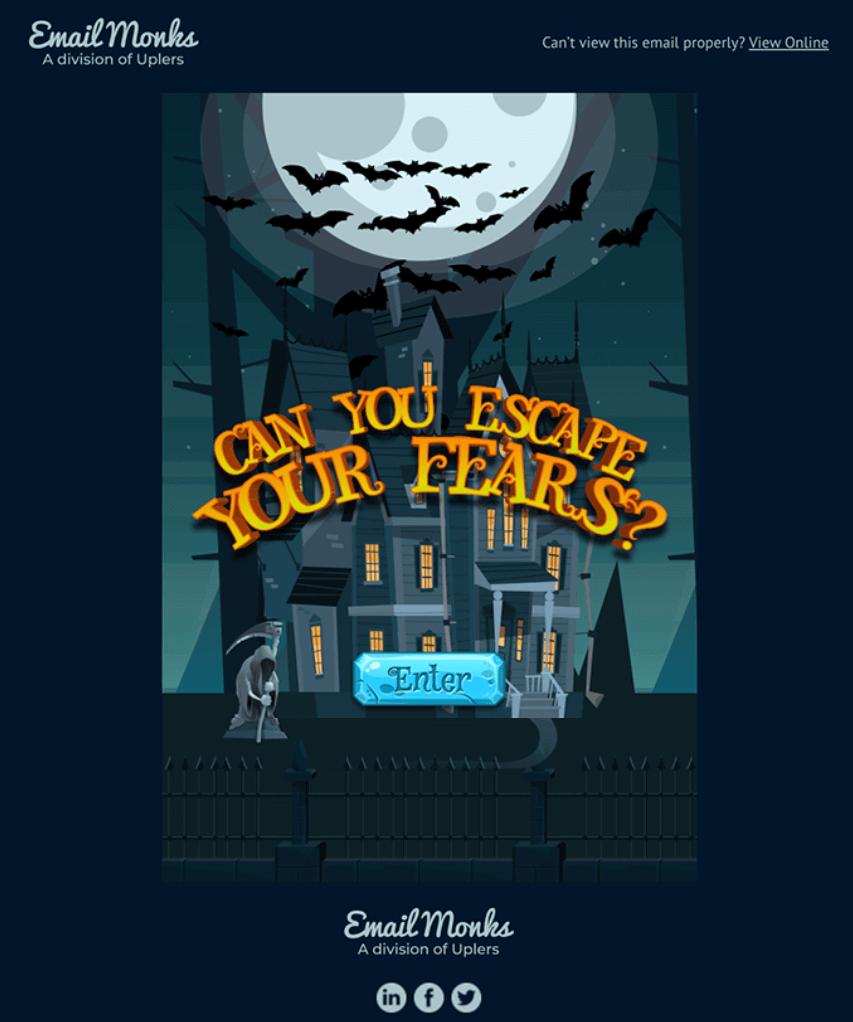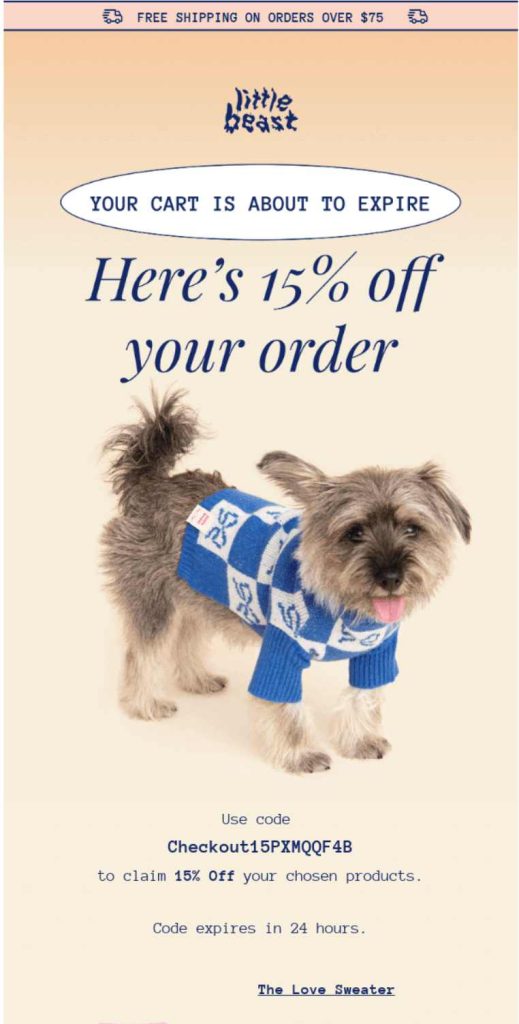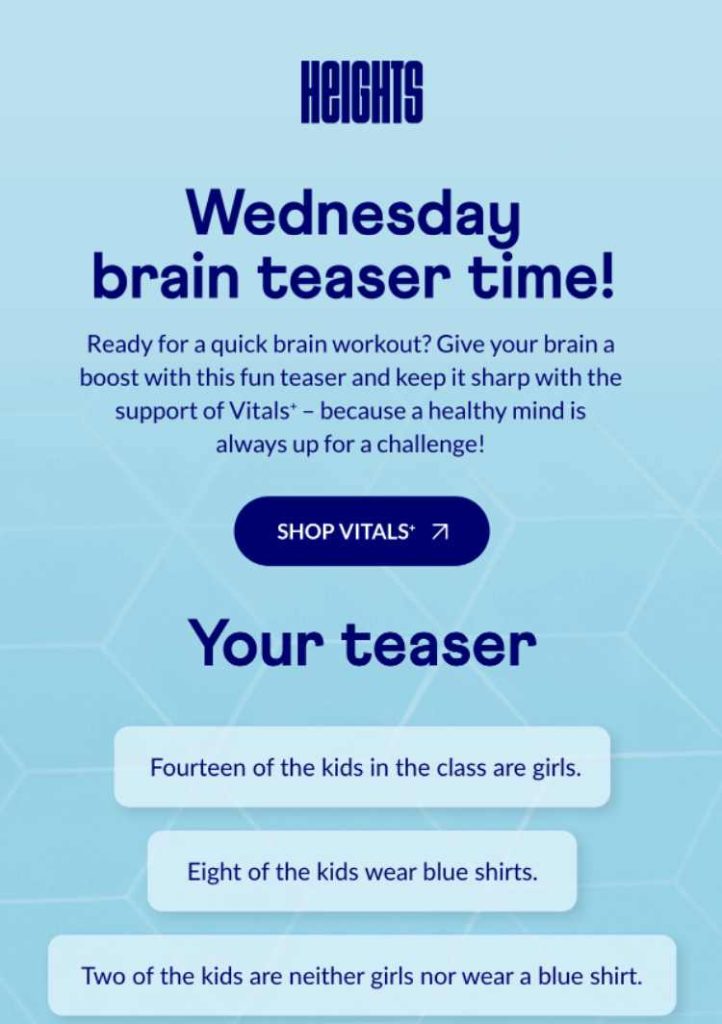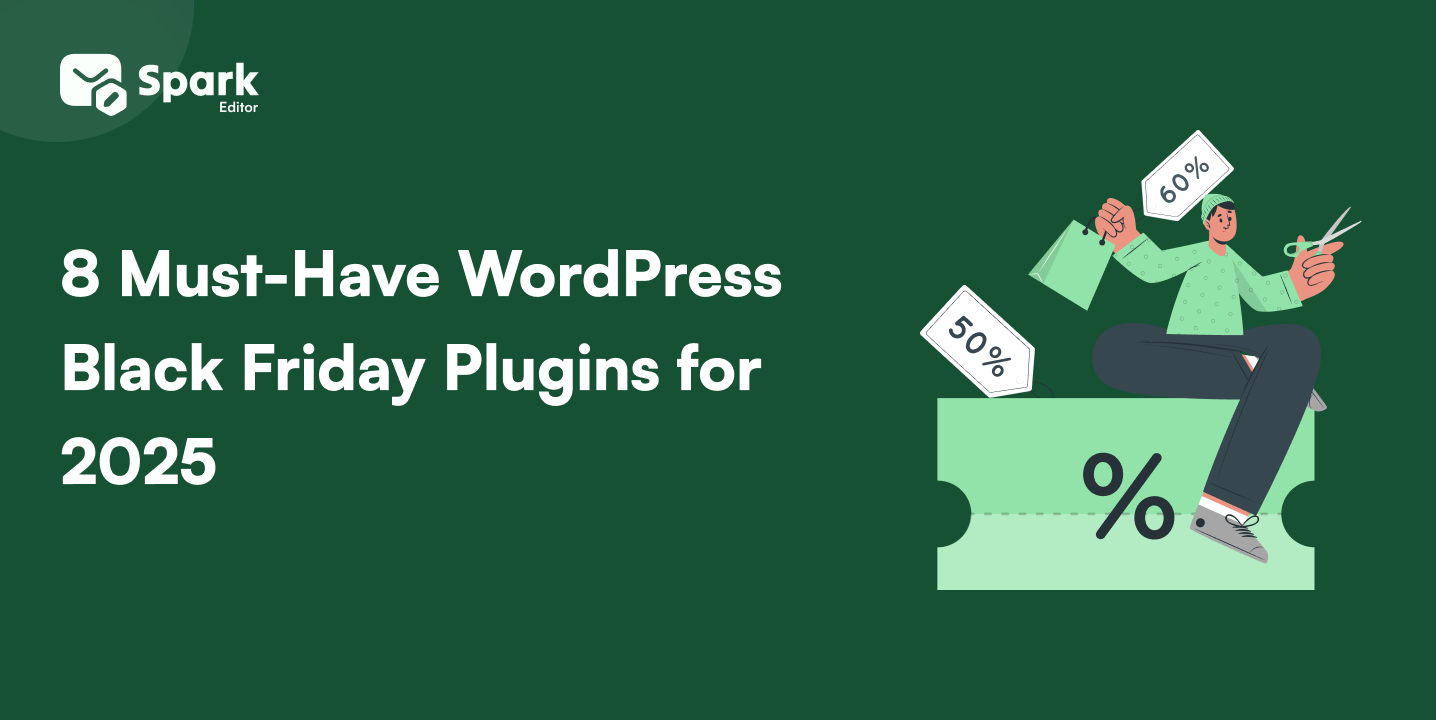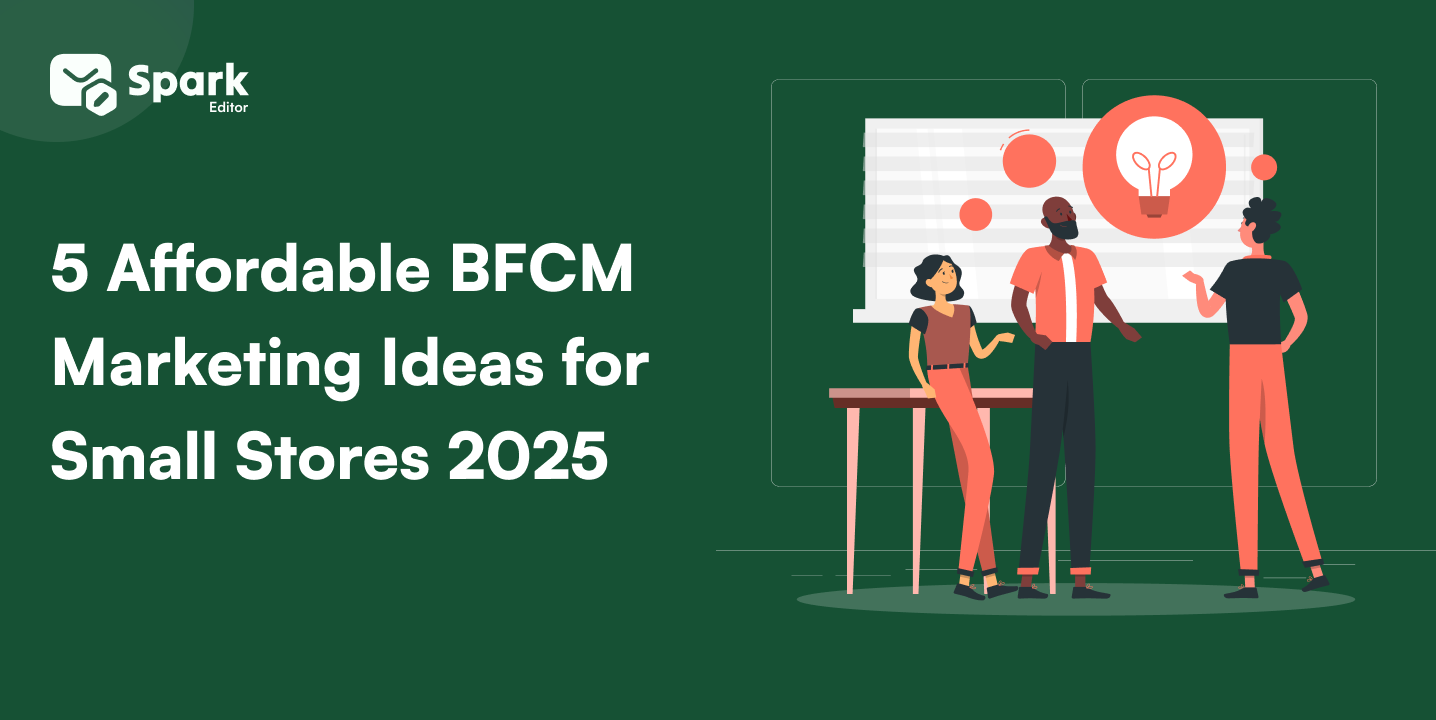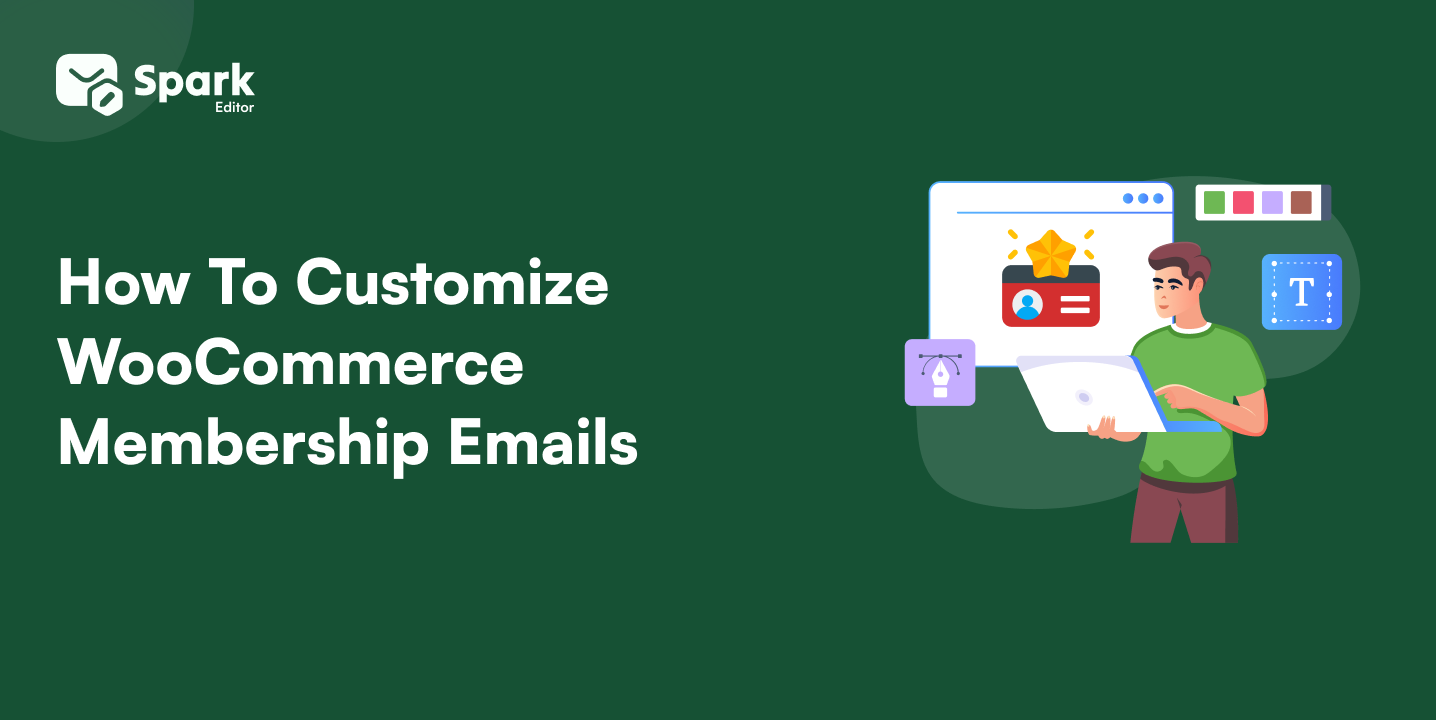If you’re still sending the same old promo blasts and wondering why your open rates are flat or your cart recoveries are low, you’re not alone. Email is still one of the most powerful tools in e-commerce, but the game has changed in 2025.
Today’s customers expect more: smarter timing, deeper personalization, and real value in every message. And with paid ads costing more and cookies on their way out, email isn’t just a nice-to-have, it’s your most reliable, owned growth channel.
In this blog, we’re skipping the basics and sharing 15 advanced e-commerce email marketing tips you probably haven’t tried, all built around today’s customer behavior, AI tools, and real-time data.
Let’s help you turn your emails into revenue machines, not just inbox clutter.
Why Email Marketing for E-commerce Still Wins in 2025
In a time when paid ads are getting more expensive and customer acquisition is harder than ever, email marketing for e-commerce remains one of the most reliable and profitable strategies. In 2025, brands that want sustainable growth are leaning heavily on e-commerce email marketing to drive repeat sales, increase customer loyalty, and build owned audiences.
Here’s why email marketing continues to outperform other e-commerce channels:
- High ROI from E-commerce Email Marketing: Brands are seeing $38–$44 in return for every $1 spent, making e-commerce email marketing one of the most cost-effective tools in 2025.
- Full Audience Ownership: Unlike social media, your email list is fully owned. This gives email marketing for e-commerce a long-term advantage, especially as privacy laws tighten.
- Hyper-Personalization at Scale: Thanks to AI and automation, e-commerce email marketing strategies now include dynamic product suggestions, smart timing, and behavior-based flows.
- Smart Automation Sequences: From cart abandonment to post-purchase upsells, automated flows are essential ecommerce email marketing tips that boost revenue with little effort.
- Precision Segmentation: Segmenting based on purchase frequency, browsing behavior, or engagement is a proven email marketing tactic for e-commerce to increase conversions.
- Works Seamlessly with Omnichannel Campaigns: Email supports and enhances your overall ecommerce marketing strategy, syncing well with SMS, social, and retargeting efforts.
Understanding E-commerce Customer Behavior in 2025
In 2025, e-commerce success depends on how well you understand and adapt to changing customer behavior. Today’s shoppers are more informed, more demanding, and more selective about which brands they engage with, especially in their inbox. To craft effective e-commerce email marketing strategies, you need to align your campaigns with what buyers want.
Here are the key behavioral trends shaping ecommerce customers in 2025:
Shorter Attention Spans, Higher Expectations: Consumers expect emails to be relevant, fast-loading, and scannable. Long, generic messages no longer convert.
Preference for Personalization: Generic promotions don’t cut it anymore. Buyers expect emails that reflect their interests, history, and behavior – a core principle in effective email marketing for e-commerce. Segmented campaigns generate 30% higher open rates and 50% more click-throughs than non-segmented ones.
Mobile-First Engagement: Over 70% of e-commerce email opens now happen on mobile devices. Responsive design is no longer optional; it’s a requirement. 81% of all email opens now occur on mobile devices, making mobile-first design essential.
Skepticism Toward Promotions: Today’s shoppers are wary of gimmicks. E-commerce email marketing tips must include trust-building tactics like social proof and clear return policies.
Desire for Seamless Experiences: Customers expect consistency between your emails, website, and social content. Unified messaging across all touchpoints builds trust.
More Value-Driven Purchases: Shoppers increasingly support brands that align with their values. Highlighting sustainability, transparency, or social impact in your emails can increase conversions.
Increased Privacy Awareness: Data privacy is top of mind. Transparent opt-in processes and respectful data usage improve open rates and reduce unsubscribes.
This behavior shift reinforces the need for smarter, more relevant ecommerce email marketing strategies that go beyond templates and into tailored, human-centric experiences.
15 Ecommerce Email Marketing Tips You Haven’t Tried in 2025
If you’re still relying on basic newsletters and promotional blasts, it’s time to rethink your approach. In 2025, email marketing for e-commerce is smarter, more automated, and more customer-focused than ever before.
The following ecommerce email marketing tips aren’t just trendy, they’re rooted in behavioral insights, data-backed performance, and emerging technology.
1. AI-Powered Product Recommendations
AI is no longer a futuristic concept, it’s a core tool in today’s most effective ecommerce email marketing strategies. In 2025, artificial intelligence enables brands to deliver highly personalized product suggestions based on browsing behavior, purchase history, cart activity, and even customer preferences predicted by machine learning.
Instead of sending the same recommendations to everyone, AI allows your emails to adapt in real time, offering products that are relevant, timely, and far more likely to convert.
Here’s why this matters:
- Personalized emails can deliver 6x higher transaction rates compared to generic campaigns.
- AI can analyze massive amounts of data instantly, offering product suggestions that match the user’s style, price range, and timing, often better than human-built lists.
- Platforms now include built-in AI recommendation engines, making this tip easy to implement for most e-commerce brands.
Pro tip: Use AI-powered recommendations in abandoned cart emails, post-purchase upsells, and even re-engagement campaigns. When done right, they feel less like marketing and more like smart, helpful suggestions.
2. Hyper-Personalized Email Flows Beyond First Name
Using a customer’s first name in the subject line is no longer enough. In 2025, real personalization in e-commerce email marketing means building dynamic experiences that respond to a shopper’s behavior, preferences, timing, and journey stage.
Hyper-personalized email flows use data like purchase frequency, browsing history, location, and even average order value to send emails that feel truly one-to-one, not automated or mass-blasted.
Here’s what this looks like in practice:
- A customer browses your shoe section and receives a “hand-picked for you” email with new arrivals in their size.
- A VIP customer with high purchase frequency → gets early access to limited drops and loyalty rewards.
- A user abandons checkout after viewing premium items → gets a follow-up with social proof + a limited-time offer for similar high-ticket items.
And here’s why it works:
- 71% of consumers feel frustrated when a shopping experience is impersonal.
- Hyper-personalized emails drive 20% higher sales conversions compared to standard automated flows.
3. Smart Cart Abandonment Recovery Sequences
Most shoppers won’t complete their purchase on the first visit, but that doesn’t mean the sale is lost. In 2025, high-performing ecommerce email marketing strategies use multi-step cart abandonment sequences instead of just one reminder.
Start with a gentle nudge, follow up with urgency (like low stock alerts), and end with a limited-time discount or offer. Include dynamic product blocks that show exactly what was left in the cart, and use personalization to boost relevance. This approach can recover up to 20% of abandoned sales, a massive revenue win from a simple email flow.
4. Dynamic Countdown Timers for Flash Sales
Creating urgency is a time-tested marketing trick, but in email, it’s even more powerful with real-time countdown timers.
These timers visually signal that the offer won’t last, whether it’s a flash sale, restock alert, or VIP-only drop. Modern e-commerce email platforms like Klaviyo or Omnisend let you embed these timers with no code. When paired with a strong CTA and compelling copy, countdowns can significantly lift both click-through and conversion rates, making them a must-have in your email marketing for e-commerce.
5. Loyalty-Driven Email Segments Based on Purchase Frequency
Your most loyal customers deserve more than a standard newsletter. In 2025, smart ecommerce email marketing means dividing your list based on how often people shop and then sending tailored messages to each group.
Frequent shoppers can get exclusive rewards, early access to new products, or tiered discounts. Occasional buyers might need re-engagement flows or incentives to buy again. This segmentation improves personalization, boosts repeat purchases, and maximizes the ROI of your email marketing strategy.
6. Micro-Surveys Embedded in Post-Purchase Emails
Want honest feedback without overwhelming customers? Add a micro-survey inside your post-purchase emails. These one-question surveys (think star ratings or “How was your experience?”) make it easy for shoppers to respond.
They’re excellent for collecting zero-party data, refining your messaging, and showing customers you care. Adding these small surveys helps elevate your e-commerce email marketing strategy by making emails two-way, not just transactional.
7. Interactive AMP Emails to Boost Engagement
AMP-powered emails bring your store’s experience directly into the inbox. From product carousels and size selectors to live forms and add-to-cart buttons, AMP turns email into an interactive space.
In 2025, interactivity is key to standing out in crowded inboxes. These dynamic features increase engagement, lower drop-off rates, and make your e-commerce email marketing more memorable and functional.
Bonus: they work great on mobile, where most shoppers are reading your emails anyway.
8. Predictive Send Time Optimization
Timing is just as important as content. If your emails land when your audience is asleep or busy, you miss the moment. That’s where predictive send time optimization comes in.
AI tools analyze each subscriber’s behavior to determine when they’re most likely to open, click, and convert. Modern email marketing for e-commerce platforms like Retainful and Klaviyo offers this as a built-in feature. Set it, forget it, and watch your engagement grow.
9. Storytelling Through Email Series (Not Just Promotions)
Emails aren’t just for pushing sales, they’re for building brand love. In 2025, savvy brands use storytelling-based email series to build emotional connections.
From sharing your founder’s journey to spotlighting customer stories or behind-the-scenes content, this approach humanizes your brand. It builds trust and loyalty while still leaving room for product mentions and CTAs. It’s a key strategy for brands aiming to stand out with more meaningful ecommerce email marketing.
10. Personalized Offers Based on Onsite Browsing History
If a shopper looked at three different jackets and didn’t buy, don’t wait for a cart follow-up; follow up with a tailored recommendation email. With browser tracking tools integrated into platforms like Drip and Klaviyo, you can send emails based on products viewed, pages visited, or time spent on specific items.
This level of behavior-based personalization can drastically improve conversions. It’s one of the most underrated ecommerce email marketing tips, and it’s automated once set up.
11. SMS + Email Hybrid Campaigns
Combining email marketing for e-commerce with SMS messaging creates a multi-touch experience that captures more attention. Email delivers detailed content and design, while SMS ensures high visibility and fast reminders.
Use SMS for flash sale alerts, order confirmations, or “you forgot something” nudges, and follow up with richer email content. Together, these channels increase response rates and make your campaigns harder to ignore.
12. Zero-Party Data Collection via Email Games & Quizzes
Stop guessing what your customers like, let them tell you in a fun way. Embed short quizzes or gamified surveys in your emails to collect preferences, style choices, or product interests.
This is zero-party data: willingly shared info that you can use to personalize emails, offers, and flows. In 2025, data privacy is king, and this approach keeps your e-commerce email marketing strategy both ethical and effective.
13. Email-Driven UGC Campaigns (With Rewards)
People trust other shoppers more than brands. So invite your customers to share photos, reviews, or videos through email, and give them something in return.
A simple reward (like 10% off or a freebie) can go a long way in collecting user-generated content. It not only boosts credibility but also provides authentic content you can use in future ecommerce email marketing campaigns and social media.
14. Email A/B Testing with Emotion-Driven Subject Lines
A/B testing is essential in e-commerce email marketing, but in 2025, it’s not just about emojis or length, it’s about emotion. Subject lines that trigger urgency, curiosity, or exclusivity consistently perform better than generic ones.
Try this:
- Version A: “New Styles Just Dropped”.
- Version B: “Almost Gone: Our Most Loved Items”.
By testing emotional triggers, you can improve open rates and optimize your email marketing for e-commerce with real-time data, turning simple tests into smart strategies.
15. AI Analytics for Real-Time Campaign Tweaks
Gone are the days of waiting days (or weeks) to see how your email campaigns performed. In 2025, AI-powered analytics tools will allow e-commerce brands to monitor, tweak, and optimize campaigns in real time, while they’re still running.
Instead of relying on post-campaign reports, brands are now using AI to:
- Automatically adjust subject lines based on early open rates
- Shift email content blocks based on click behavior
- Optimize send times mid-campaign to hit peak inbox hours
- Identify underperforming segments and suggest new ones instantly
How to Choose the Right Email Marketing Strategy for Your E-commerce Brand
Choosing the right strategy directly impacts sales, retention, and long-term customer loyalty. Here’s how to build a winning e-commerce email marketing strategy in 2025:
Map Your Buyer Journey
Understand every step from the first visit to repeat purchase. Tailor your email marketing for e-commerce to meet users at the right stage with the right message.
Segment Your Audience for Personalization
Use customer data like order frequency, location, and behavior to create targeted segments. Personalization is at the core of effective e-commerce email marketing strategies.
Pick a Scalable Email Marketing Platform
Choose tools that support automation, AI, and ecommerce integrations (like Retainful or Omnisend) to grow with your brand’s needs.
Align Campaigns With Business Goals
- Want more conversions? -> Use product recommendations and discount flows
- Want higher retention? -> Send loyalty and reorder emails
- Want higher AOV? -> Build bundle or upsell campaigns
Leverage Automation Wherever Possible
Automated sequences like abandoned cart, welcome flows, and post-purchase follow-ups are must-haves in any modern email marketing for an e-commerce setup.
Use A/B Testing to Optimize
Regularly test subject lines, design, timing, and CTAs. It’s one of the most impactful ecommerce email marketing tips for long-term performance gains.
Track Performance Metrics Religiously
Focus on open rates, CTR, conversions, and unsubscribes. Data-backed decisions lead to more refined and profitable email marketing strategies.
Prioritize Value Over Volume
Avoid overspending. Aim to deliver real value, whether that’s through education, inspiration, or exclusive offers, to keep your ecommerce emails impactful.
Stop struggling with clunky templates. With Spark Editor, you can create stunning, high-converting e-commerce emails using a no-code drag-and-drop builder.
Final Thoughts
Email marketing in 2025 isn’t just relevant, it’s essential. As ad costs rise and privacy rules evolve, e-commerce brands that focus on timely, personalized emails are seeing the biggest returns.
From AI recommendations to zero-party data and interactive formats, today’s best strategies go way beyond the typical promo blast.
Start small. Pick one or two tactics that align with your goals, and build from there. In a world full of noise, the brands that connect with intention will win.
So, which tip will you try first?.
Other Helpful Reads
How can I increase sales through email marketing in e-commerce? You can boost e-commerce sales by using personalized product recommendations, cart abandonment flows, loyalty-based segmentation, and limited-time offers. The key is combining automation with relevance.
How often should e-commerce brands send marketing emails? It depends on your audience and goals. Most brands find success with 1–3 emails per week, mixing promotional content with value-driven campaigns like product tips, storytelling, or loyalty rewards.
Does email marketing still work for e-commerce in 2025? Yes, more than ever. With rising ad costs and privacy concerns, email remains a high-ROI, owned channel. It offers personalization, automation, and measurable performance that few other channels can match.
What are the latest trends in e-commerce email marketing? Top trends in 2025 include AI-powered product recommendations, zero-party data collection via quizzes, interactive AMP emails, predictive send times, and SMS + email hybrid campaigns.
How do I collect more email subscribers for my e-commerce store? Use pop-ups, exit intent offers, quizzes, gated content, and post-purchase opt-ins. Offering discounts or early access in exchange for email signups works well when done authentically.
